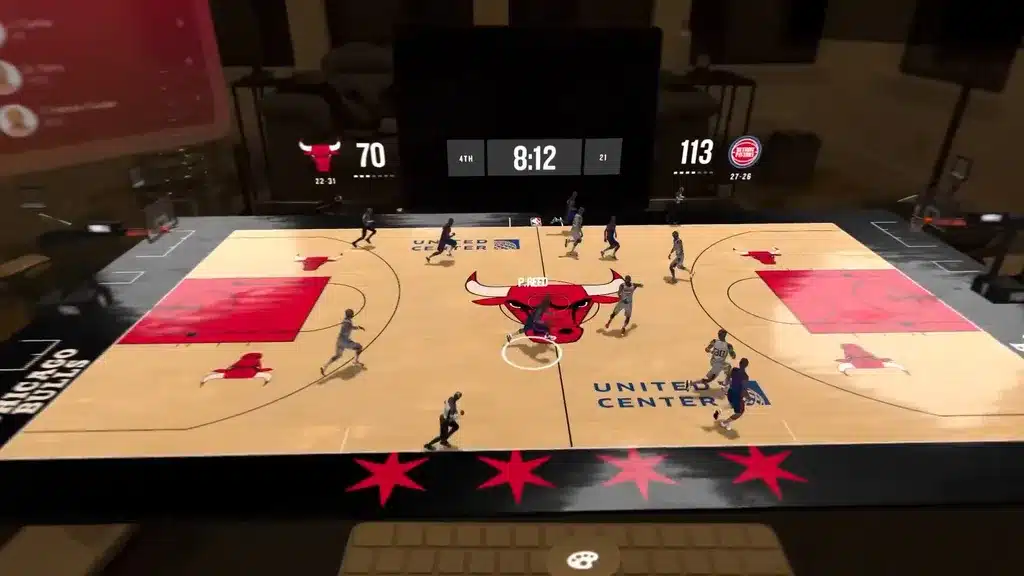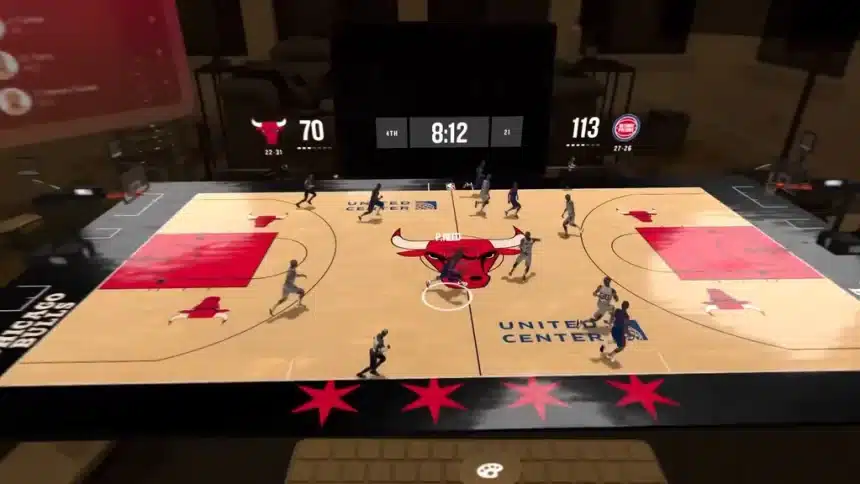Apple Vision Pro is reshaping the way sports fans watch basketball with its new NBA 3D tabletop mode. This feature, powered by cutting-edge motion capture technology, provides viewers with a miniature real-time representation of the court alongside the standard 2D broadcast. As a result, fans can engage with the game from a whole new perspective.
How the 3D Tabletop Mode Works
The tabletop mode utilizes live data from NBA arenas, transforming gameplay into an interactive, three-dimensional display. Additionally, this innovative feature offers users a dynamic, bird’s-eye view of the court, showcasing player movements in real-time. However, due to processing limitations, the 3D visuals experience a slight delay of approximately half a second compared to the live feed.

Currently, the feature is only available for select games each night. Nevertheless, the NBA has announced plans to expand it to all League Pass games next season. To access this premium experience, fans must have an active NBA League Pass subscription, starting at $15 per month.
What This Means for Sports and Beyond
The success of Apple Vision Pro’s 3D basketball experience could pave the way for similar applications in other sports. For instance, imagine hockey games with real-time player positioning and puck movement heatmaps or baseball with pitch trajectories and defensive shifts visualized in 3D. Consequently, the potential for mixed reality sports broadcasting is vast.
Beyond sports, Apple’s spatial computing technology could revolutionize industries such as music, education, and entertainment. For example, virtual concerts could offer immersive 3D experiences, and museums could bring historical artifacts to life with augmented reality.
The Future of Mixed Reality Entertainment
Apple Vision Pro’s NBA feature marks just the beginning of a shift toward a multi-layered digital reality. As technology improves, Apple’s vision for mixed reality will likely expand into new areas, creating deeper, more interactive experiences. Moreover, with advancements in hardware and affordability, spatial computing could become an integral part of daily life, blending the physical and digital worlds seamlessly.












